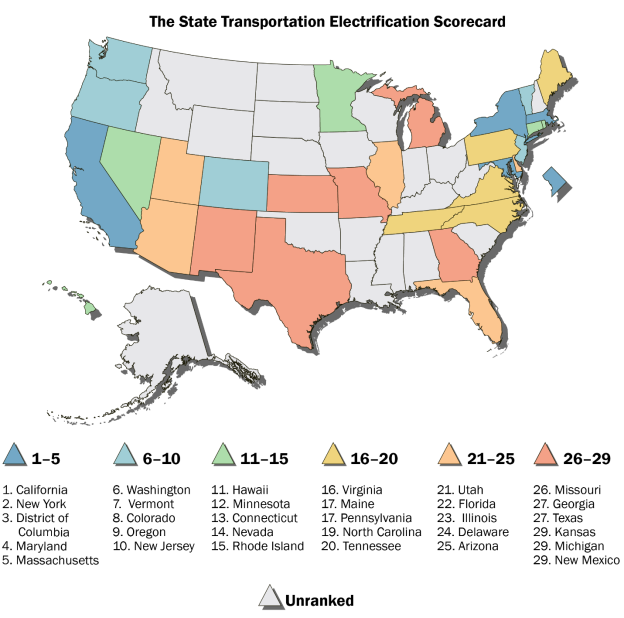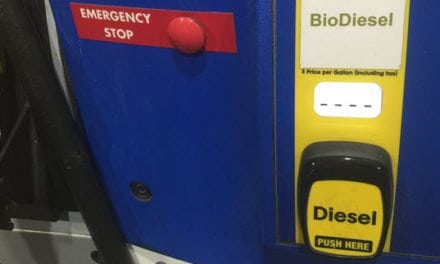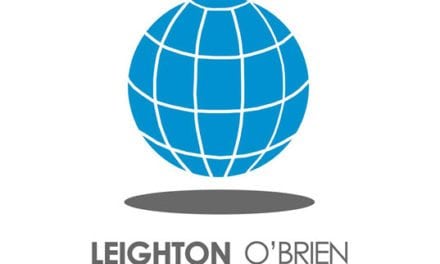With transportation now the largest source of U.S. greenhouse gas emissions, several states are taking comprehensive steps to help enable residents and businesses to use and charge electric vehicles, yet many others have done little to reduce barriers, according to a report released by the American Council for an Energy-Efficient Economy.
Most of today’s electric vehicles (EVs) cause significantly fewer emissions overall than their gas-powered counterparts, and many have lower lifetime ownership costs, thanks to low fueling and maintenance expenses. But the higher initial purchase cost and lack of access to vehicle charging remain barriers for many households and fleet owners—obstacles some states are mitigating by offering incentives to buy EVs, adding more charging options, and setting lower electric rates at preferred charging times.
The State Transportation Electrification Scorecard finds that California is far and away the national leader in enabling the use of EVs. It is the only state to set deadlines for electrifying transit buses, heavy trucks, and commercial vehicles. The state is also one of few to offer assistance for lower-income drivers replacing older, high-polluting cars with zero- or near-zero-emissions vehicles, and it plans to deploy chargers in economically distressed and environmental justice communities.
California earned 91 of 100 possible points, followed by New York (63.5 points), Washington, DC (59), Maryland (56), Massachusetts (54.5), Washington (54), Vermont (54), Colorado (48), Oregon (47), and New Jersey (44). In contrast, 20 states earned 15 points or fewer.
While many states have taken promising steps to electrify transportation, all have considerable room to improve their policies. Ultimately, a full shift to affordable and accessible electrified vehicles—powered entirely by zero-carbon energy—will be necessary to bring emissions to zero and support livable communities.
“Transitioning to electric vehicles is vital for the climate and for reducing costs for households and businesses,” said Bryan Howard, state policy director at ACEEE and lead report author. “The leading states are embracing this transition, but many more are just starting, even as the automakers are preparing a burst of new electric models.”
Shruti Vaidyanathan, transportation program director at ACEEE and a fellow report author said, “State policymakers can make a concerted effort to enable an electric vehicle transition that not only reduces pollution, but also helps improve access to electrified transportation and quality of life for everyone. The transition won’t happen soon enough nor equitably without the right policies in place.”
The most common state actions to electrify transportation include planning for more EVs and EV charging options (23 states); incentives such as rebates, tax credits, and grants to buy large electric pickups and delivery trucks (27 states); using federal funds to buy electric transit buses (48 states); utility programs that offer lower electric rates at preferred times for EV (Level 2) charging (36 states); and utility funding to spur EV and EV charging adoption in low-income areas and environmental justice communities (15 states). These actions provide key examples of opportunities for other states that have not yet taken these steps.
The scorecard identifies commendable efforts in each region of the country, including the following:
- New York was the second-highest ranking state and the top scorer in the Northeast. It has a strong set of incentives for individuals and fleet owners to purchase EVs, and the state and utilities incentivize installing charging infrastructure. The states’ utilities have also targeted more than one-quarter of the investment in their EV infrastructure program toward lower-socioeconomic and disadvantaged communities.
- Washington, DC, ranked third. It is a leader in setting ambitious goals for the deployment of personal EVs, together with strong investment in electric transit buses, producing significant development of charging options.
- Colorado earned the highest score in the Southwest; it has adopted a goal of having 940,000 EVs on its roadways by 2030. Lawmakers adopted incentives for EV charging investments and required utilities to file plans for EV charging infrastructure. Regulators recently approved a utility plan to install approximately 20,000 chargers throughout the state.
- Minnesota was the top scorer in the Midwest (39.5 points). Regulators issued guidelines on utilities’ investment in charging stations, bringing $23.6 million in funding, with more proposed. The state has signaled its intent to adopt California’s zero-emissions vehicle (ZEV) program for personal vehicles.
- Virginia performed best in the Southeast (36 points), with solid incentives for electric trucks and buses, time-varying electric rates for home and workplace chargers, and steps to decarbonize the electric grid.
“I’m thrilled that California is being recognized with top honors for our leadership efforts, especially at a time when Governor Newsom is doubling down on our commitment to ensuring all Californians can participate in the transition to clean transportation,” said California Energy Commissioner Patty Monahan. “Our experience shows transportation electrification is a win-win: good for the economy and most importantly for the health and well-being of those affected most by air pollution from tailpipe emissions.”
ACEEE identified three policies that are likely to have the greatest impact for spurring adoption of EVs: ZEV mandates and electric vehicle deployment targets, financial incentives for vehicle purchases, and incentives for installing vehicle chargers. The report scored the states on 40 policies in total, identifying where legislatures, executive agencies, and utility regulators in each state can make progress.
The report evaluates the states in six areas, finding the following:
- Overall, states did best in planning and setting goals for EV deployment and charging infrastructure, though all still had room for improvement. Twelve states have adopted California’s ZEV program for personal vehicles, requiring manufacturers to offer a certain number of electric or other zero-emission vehicles each year.
- Many states offer tax credits and rebates to encourage EV purchases and development of charging stations, together with non-financial incentives such as HOV lane access. Some states have registration fees for electric vehicles, and in some instances these fees exceed what the driver of an average gasoline car would pay in gas taxes—providing a disincentive for electric vehicles. States earned points for utility-sponsored incentives for installing charging equipment and infrastructure.
- Most states have significant room for growth in improving the efficiency of the entire transportation system, such as by setting greenhouse gas reduction targets, implementing greenhouse gas pricing policies, and investing in electric public transit buses.
- Many states have made substantial progress in integrating EVs into the electricity system, earning points for setting time-varying rates that offer power for vehicle charging at lower prices during off-peak times, such as at night. States are also reducing the greenhouse gas emissions from their electrical grid which also reduces the impacts of EVs.
- Low-income, economically distressed, and environmental justice communities are more likely than others to experience harmful health impacts from gas and diesel vehicles. Yet if states and utilities do not make a deliberate effort to include these groups in EV incentives and infrastructure development plans, they could reinforce existing racial and economic inequities. Few states earned many points for their efforts in this category.
- Finally, states were scored on their outcomes to date—the number of electric vehicles and charging facilities (across several categories), number of electric transit buses, and reduction in greenhouse emissions from transportation overall. Leaders in the other sections generally scored well here, and states can expect their scores on these metrics to improve in the future after they implement recommended policies.
For states not in the top 30, the report recommends a series of foundational steps, including comprehensive planning efforts with specific goals, benchmarking progress, collecting data, incorporating spending carve-outs or funding adders for low-income, economically distressed, and environmental justice communities in state and utility EV planning, leveraging existing sources of funding such as the Volkswagen settlement fund, and establishing clear direction to encourage utility and third-party investment in charging stations.
For states that are represented in the top 30 but are in earlier stages of policy development, the report calls for offering on-the-hood incentives for purchase of EVs, codifying targets for vehicle and charger deployment, allowing utilities to make charging infrastructure investments, establishing clean energy targets for the electric industry, and setting overall greenhouse gas emissions reductions goals for the transportation sector.
The scorecard was based on information collected from centralized databases/information sources, additional internet research, and feedback from subject matter experts and state contacts during an external review process.
Later this month, ACEEE will publish its annual GreenerCars report, which ranks the greenest vehicles now available to consumers, many of which are fully battery-powered vehicles.
[Register for the report]









